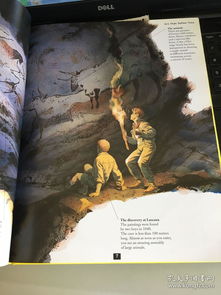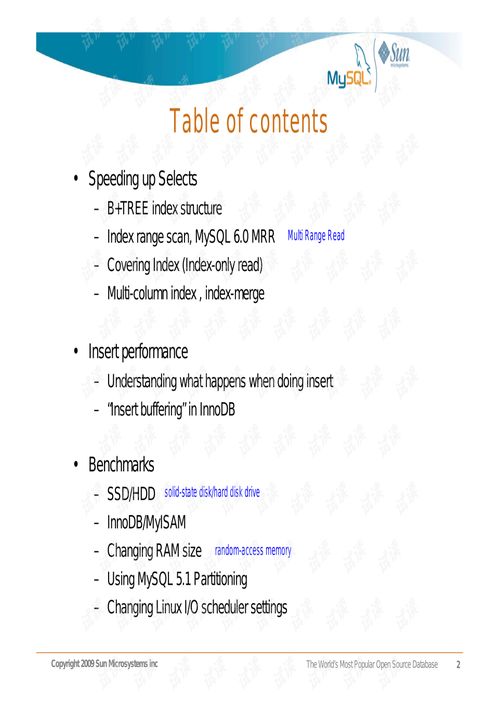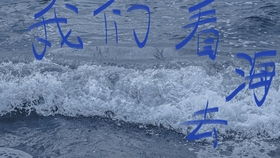
Content:
Introduction: Fishing is an ancient and beloved pastime that requires a blend of patience, skill, and knowledge. One of the most crucial aspects of successful fishing is understanding how to use fish food effectively. Fish food, or bait, can make the difference between a rewarding day on the water and a frustrating one. In this article, we will delve into the world of fishing techniques and explore how to make the most out of your fish food to improve your angling experience.
Choosing the Right Fish Food: The first step in mastering the art of fishing with fish food is to choose the right type of bait. Different species of fish are attracted to different types of food, so it's essential to know your target species. Here are some common types of fish food and their ideal applications:
Live Bait: Live bait, such as worms, minnows, or leeches, is highly effective for catching fish. These natural baits mimic the movements and appearance of real prey, making them irresistible to many fish species.
Artificial Lures: Artificial lures, such as spinners, jigs, and flies, are designed to mimic the appearance and movement of natural prey. They can be used to attract a wide variety of fish, from panfish to larger game species.
Natural Baits: Natural baits like crickets, grasshoppers, and nightcrawlers are great for targeting species like bass, catfish, and panfish. These baits are often preferred by fish because they are part of their natural diet.
Artificial Fish Food: Artificial fish food, also known as fish chow, is a processed bait that can be used to attract a broad range of fish. It comes in various forms, including pellets, dough, and paste.
Understanding Fish Behavior: To use fish food effectively, it's crucial to understand the behavior of the fish you're targeting. Here are some key points to consider:
Feeding Times: Fish are most active and likely to bite during their peak feeding times, which vary depending on the species and environmental conditions. Research the feeding habits of your target fish to determine the best times to fish.
Water Temperature: Water temperature plays a significant role in fish feeding behavior. Generally, fish are more active and likely to feed when the water temperature is between 50°F and 70°F (10°C to 21°C).
Cover: Fish often seek cover when feeding to avoid predators. Use this knowledge to your advantage by fishing around structures like rocks, logs, and weed beds.
Using Fish Food Strategically: Now that you know the type of fish food to use and understand fish behavior, it's time to learn how to use it strategically:
Presenting the Bait: The way you present your bait can make a significant difference in your success rate. Experiment with different retrieves, such as slow-trolling, casting, or wading, to see which method works best for your target species.
Quantity: Use just enough bait to attract the fish without spooking them. Overloading your hook with bait can sometimes scare away fish.
Timing: Timing is everything when it comes to fishing. Pay attention to the weather, water conditions, and the behavior of the fish. Adjust your approach based on these factors.
Experimentation: Don't be afraid to try different types of fish food and techniques. The more you fish, the better you'll understand what works best for your specific situation.
Conclusion: Mastering the art of fishing with fish food requires a combination of knowledge, skill, and practice. By choosing the right type of bait, understanding fish behavior, and using fish food strategically, you can significantly improve your chances of catching more fish. Remember that fishing is a hobby that can be both rewarding and relaxing, so take the time to enjoy the process and learn from each experience. Happy fishing!












